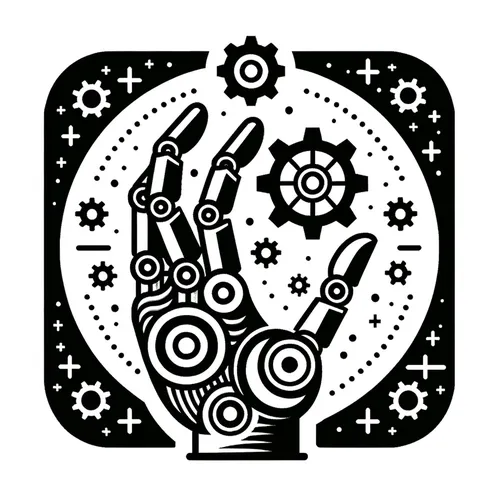Robots Runnin' Wild: AI Ignites Automation Explosion 🤖🔥
- Author
- Quiet. Please
- Published
- Sat 16 Aug 2025
- Episode Link
- https://www.spreaker.com/episode/robots-runnin-wild-ai-ignites-automation-explosion--67387699
This is you Robotics Industry Insider: AI & Automation News podcast.
The industrial robotics and automation sector is accelerating into new territory, powered by breakthrough AI advances, ambitious partnerships, and a market hungry for efficiency. The latest Association for Advancing Automation figures reveal North American companies ordered over 17,600 robots totaling 1.09 billion dollars in the first half of 2025. Automotive manufacturers led the charge, with a remarkable thirty-four percent jump in robot orders year over year, but life sciences and electronics are catching up fast, posting double-digit growth rates. Globally, the automation market is forecast to surge from approximately 170 billion dollars this year to more than 440 billion dollars by 2035, according to ResearchAndMarkets. This trajectory is driven by advanced robotics platforms, AI-enabled control systems, and smart sensors that are streamlining workflows and enabling safer, highly precise operations.
Technical innovation sets the pace. This summer, igus introduced the Iggy Rob humanoid robot, designed to flexibly support both industrial and service applications, while Photoneo’s PhoXi 3D Scanner Gen3 is advancing blue laser scanning technology for industrial quality control. In logistics, Glīd Tech’s unmanned dual mobility platform merges road-to-rail autonomy for seamless transport—a sign of how automation is breaking down operational siloes. Dexerity’s Mech superhumanoid robot is now being field tested for truck unloading in Japan, highlighting how collaborative robots, or cobots, are not just coexisting with human workers but actively empowering them to tackle physically demanding tasks. Interact Analysis expects the cobot sector to enter a fresh growth cycle, driven by smart safety features and easy-to-integrate interfaces.
AI integration is redefining workforce planning, with companies deploying smart skills assessment tools and closed-loop automation platforms such as Palladyne IQ. These systems monitor, adapt, and even personalize training regimens, future-proofing organizations against rapidly evolving requirements. Nearly eighty percent of global technology leaders now trust robots at work, as reported by QNX, a division of Blackberry Limited, signaling broad institutional confidence in automation’s potential.
Listeners seeking practical advantage should prioritize pilot programs with collaborative robotics in warehousing and manufacturing, invest in AI-driven diagnostics to reduce downtime, and leverage government incentives like grants or tax breaks for early adoption. On the horizon, expect more emotionally intelligent machine interactions, robot-agnostic operating systems for seamless fleet management, and swarm robotics architectures that promise revolutionary flexibility and scalability.
Thanks for tuning in to Robotics Industry Insider. Make sure to come back next week for another pulse check on the technologies reshaping our world. This has been a Quiet Please production. For more or to connect with me, check out Quiet Please Dot A I.
For more http://www.quietplease.ai
Get the best deals https://amzn.to/3ODvOta
